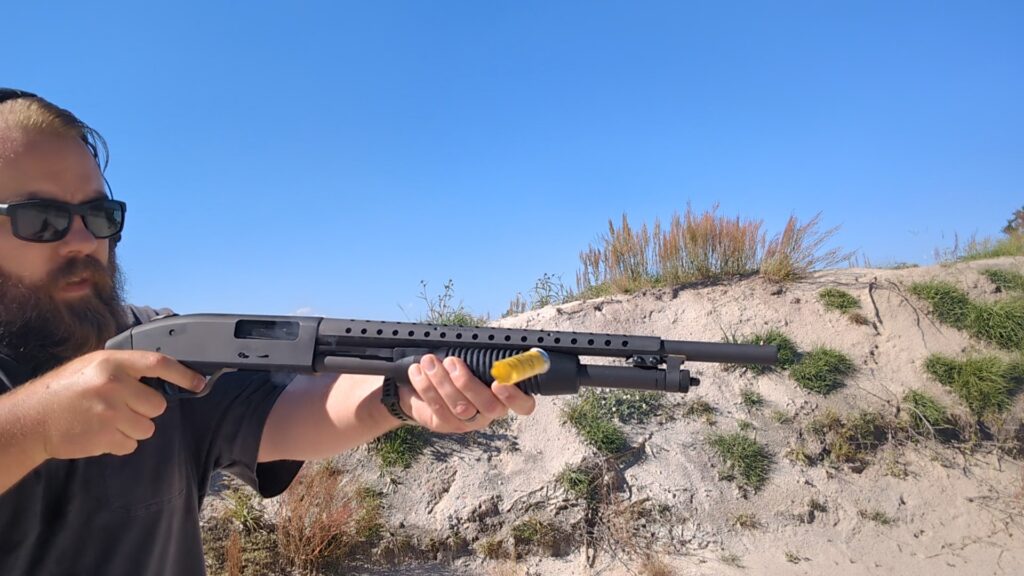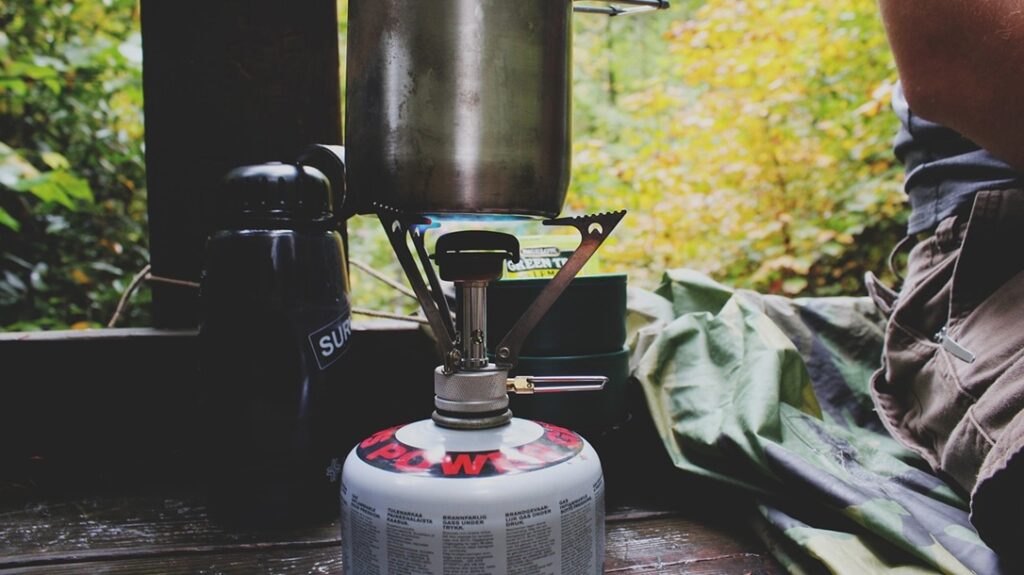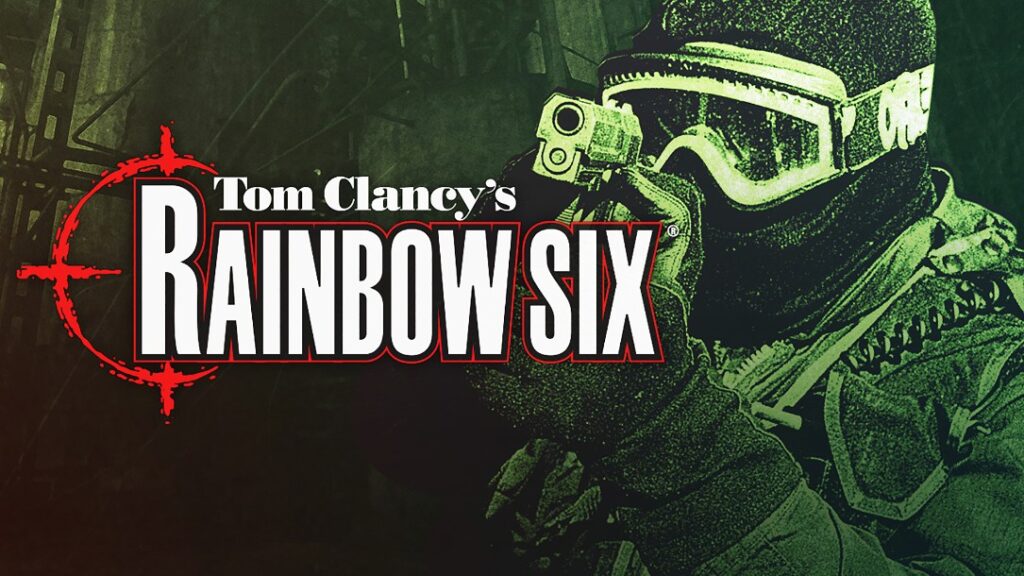Japan was an interesting place after World War II. After their surrender, the United States military occupied it, which is one of the few success stories we have from occupation. The Japanese military was disbanded. However, a Self-Defense force was allowed and formed. That self-defense force was initially armed with American WWII weapons but sought a domestically produced rifle option and turned to a company called Howa.
Howa would produce three distinct rifles for the Japanese Self-Defense Forces, representing three distinct eras in rifle development. These rifles have never been exported and reside solely with the Japanese military. They are an interesting series of rifles that are a bit of a curiosity to the Western world, and today, we’ll attempt to shine a light on those rifles.
The Howa Type 64
In the early 1960s, the Japanese forces were looking to replace their M1 Garands with a more modern battle rifle. The rest of the world was moving toward the FAL and G3—the Howa Type 64 is the final product of a somewhat scrapped-together program. Reportedly, the Japanese wanted to chamber the weapon in 7.62 NATO but had none. According to a Japanese website roughly translated, the US Marine Corps provided ten rounds for the Japanese to reverse engineer.
Advertisement — Continue Reading Below
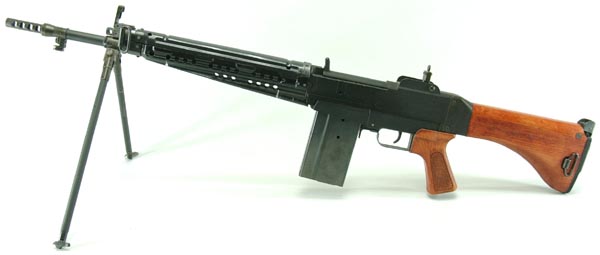
The resulting battle rifle used a short-stroke gas piston with a tilting bolt. It used modified M14 magazines and was selective fire. The rifle had an integrated bipod and shoulder rest for automatic fire purposes. The Japanese decided to use a reduced-power 7.62 NATO round because their troops found the full-power round difficult to control. The weapon could safely fire standard 7.62 NATO, but that accelerated wear and tear.
The Howa Type 64 designers made some interesting choices. The rifle featured a three-position selector that required the user to pull outward, rotate, and then release to swap firing modes. The gun featured a top-mounted charging handle and a wide-operated ejection port. The rifle is also reportedly difficult to disassemble and has several small parts. Rifles are often seen taped up to prevent pins from exiting their slot.
Advertisement — Continue Reading Below
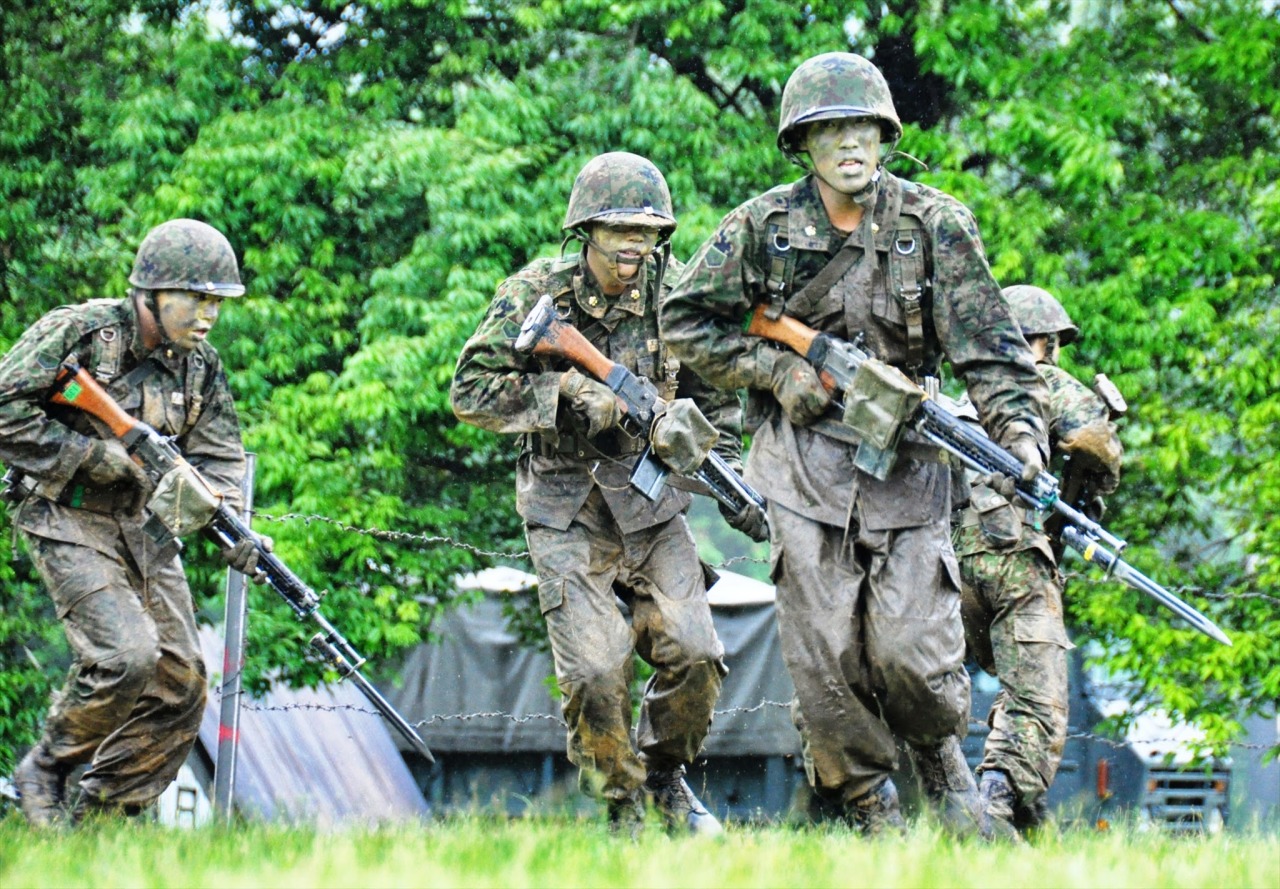
The rifle was reportedly an okay design, but it had serious weaknesses. As the future came fast, the Japanese were more than willing to replace the Type 64 with the Howa Type 89.
The Howa Type 89
As the name implies, the Type 89 was adopted in 1989. The Type 89 rifle series was the Japanese entry into the modern assault rifle world. This 5.56 caliber rifle utilized a short-stroke gas piston with a rotating bolt. The AR-18, a rifle Howa directly influenced the Type 89, was licensed to produce. The rifle uses STANAG magazines and standard 5.56 ammunition. Standard STANAG mags will not trip the last round bolt hold open.
Advertisement — Continue Reading Below
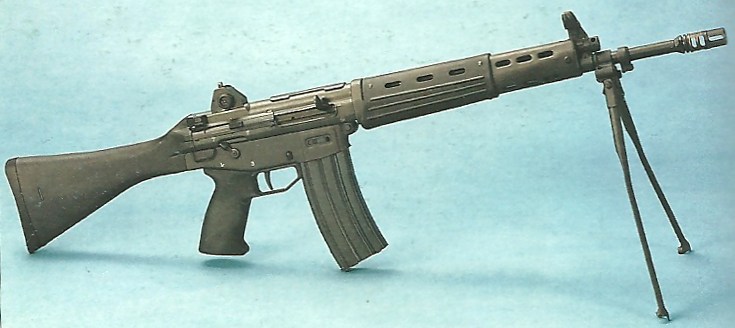
The Type 89 trimmed two pounds compared to the Type 64, and the reduced ammo weight allowed the individual soldier to carry more of it. The rifle typically used fixed stocks, but folding steel stocks were produced for AFV crews and paratroopers. The Howa Type 89 has selector settings for safe, auto, 3-round burst, and semi-auto. A simple thumb movement can manipulate the selector.

Advertisement — Continue Reading Below
Over the years, the rifles were modified to use ambidextrous safeties, red dots, foregrips, and more. The Type 89 proved to be a reliable and capable rifle for the Japanese Self-Defense Force, and Japanese soldiers did deploy to Iraq during the GWOT. The rifle had some odd ergonomics and an unforgiving magwell, and it lacked the modularity of weapons like the M4, which led to the Type 20.
Howa Type 20
The latest rifle adopted by the Japanese Self-Defense Force is the Howa Type 20. It was unveiled in 2020 and would replace the Type 89 full stop. The first soldiers to obtain the rifle were the Amphibious Rapid Deployment Brigade. Much like the Type 89 the Howa Type 20 uses a short stroke gas piston design and fires the standard 5.56 round from a STANAG magazine.

Advertisement — Continue Reading Below
With the Howa Type 20, Japan has obtained a very modern rifle. It’s complete with an M-LOK rial, a collapsing and folding stock, a monolithic optics rail, ambidextrous controls, and a heavy use of polymer. It’s one of the rifles that fall into the AR-18 modern derivatives, such as the SCAR, HK 433, and similar rifles. The barrel is trimmed to 13 inches, making it a very carbine-like weapon.
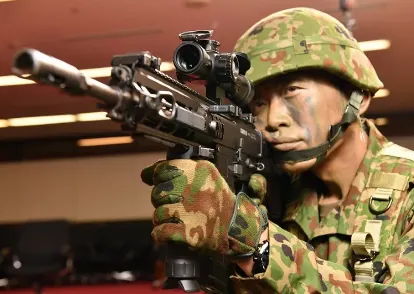
Howa ditched the 3-round burst, and it uses a standard safe, semi, and automatic setting. Japan has also adopted a 5.56 cartridge known as the J-3 High-Power cartridge. It’s supposedly better at piercing armor and is made from steel and red brass with an increased powder charge. I’m curious to know more, but there isn’t a ton of information on the cartridge.
Advertisement — Continue Reading Below
Howa’s Rifles
Howa certainly had a bit of a rough start with the Type 64. However, they quickly learned, adapted, and produced two purportedly very respectable rifles. Due to Japanese export laws, we’ll never see a Howa Type 89 or Type 20, which is sad because a semi-auto version would be an interesting collectible. So until we get a Japanese version of Tommy Built I wouldn’t hold your breath.


